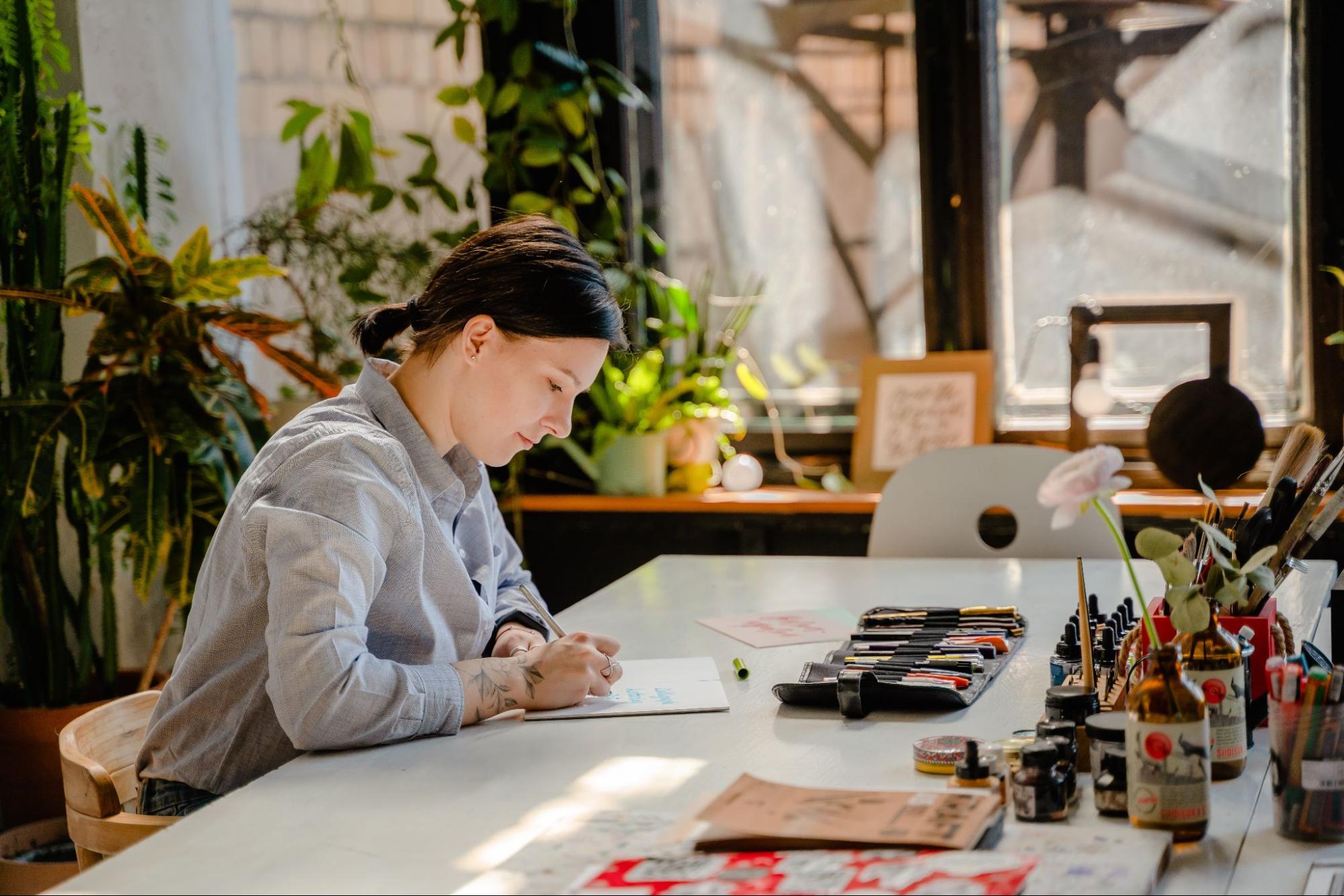Table of Contents
ToggleHow to Select All of One Color in Illustrator
As an Illustrator user, I know that color selection can make or break a design. It’s not just about picking hues that look good together; it’s about understanding how colors interact, influence emotion and support your overall message. But let’s focus on a common challenge most of us have faced: How do you select all instances of one color in Illustrator?
Well, I’m here to shed some light on this topic. Adobe Illustrator offers several ways to select and change colors, but if you’re looking for tips to quickly grab every object of the same hue, then you’re in the right place.
Choosing the right colors is essential in any design project. Whether you’re creating a logo or designing a website layout, the colors used can have a significant impact on the finished product. Making sure they work together harmoniously is crucial – but what happens when you need to change one color throughout your entire document? This might sound like a daunting task at first glance, but don’t worry – Adobe Illustrator has got your back!
Understanding the Importance of Color Selection in Illustrator
I’m sure you’ve all faced this, that moment when you’re trying to select all instances of one color in your Illustrator project. It’s a task that can seem daunting, especially if you’ve got a complex design with multiple layers and elements. But why exactly is color selection so crucial in Adobe Illustrator?
First off, it’s about consistency. When you’re creating an image or designing a logo, having consistent colors across the board helps to create a unified look and feel. It isn’t just about making your design aesthetically pleasing – although that’s certainly important – but also about ensuring your work communicates effectively.
Let me give you an example. Let’s say I’m designing a logo for a company called “Sunset Beach Resort.” If I want to evoke feelings of warm summer evenings on the beach, I might choose colors like orange, pink and purple. However, if there are various shades of these colors scattered throughout my design due to tweaks and changes during the process, it may dilute or distort the overall message I’m trying to convey.
Another reason why color selection matters comes down to time efficiency. Picture this: You’ve been working tirelessly on a complex vector illustration – let’s say it’s filled with hundreds of tiny details – leaves on trees, individual strands of hair…you get the idea! Now imagine needing to change every single shade of green used for those leaves because your client wants them more autumnal? Without knowing how to select all objects of one color uniformly in Illustrator, such task could take hours!
And finally – control! In design work as elsewhere in life – we love having control over what we do. Being able to manipulate colors en masse allows us greater flexibility in our designs without compromising our time or patience.
So whether it’s maintaining consistency for powerful visual communication, saving valuable time on large-scale edits or simply enjoying better control over your designs, understanding and utilizing color selection in Illustrator is an invaluable skill for any designer. I’ll be sharing tips on how to select all of one color in Illustrator – so stick with me, and you’ll be mastering this crucial technique in no time!

Differentiating Between Various Color Selection Options
In the realm of Adobe Illustrator, there’s a wealth of color selection options to choose from. And I know, it can be a tad overwhelming. But don’t fret! I’m here to break down the various methods for you.
One of the most straightforward ways is through the swatches panel. Here, you’ve got access to pre-selected colors and gradients that Illustrator offers. It’s easy as pie – just click on your object and then select your desired color or gradient from the Swatches Panel.
Now, let’s say you’re looking for more granular control over your colors. That’s where the Color Picker comes into play. You’ll find this tool in the Control Panel or by double-clicking on Fill or Stroke in the Tools Panel. With it, you’re free to explore virtually unlimited hues with precision and ease.
But what if you want to select all objects of one color in your design? There’s a nifty trick for that too! By going into Select > Same > Fill Color (or Stroke Color), Illustrator will automatically highlight all objects sharing that particular shade.
Furthermore, eyedropper tool is another fantastic option at your disposal. When clicked on any area within an image or vector art piece, it samples that exact color for you. How handy is that?
Let me wrap up this section with Kuler – Adobe’s online application used specifically for creating color schemes and themes within your projects.
So there we have it – five techniques offering different levels of control over your coloring process in Adobe Illustrator:
- Swatches Panel
- Color Picker
- Select > Same > Fill/Stroke Color
- Eyedropper Tool
- Kuler
Remember: each method has its strengths depending on what exactly you’re trying to achieve with your artwork.






